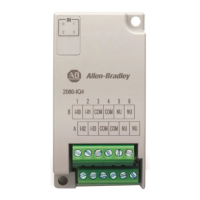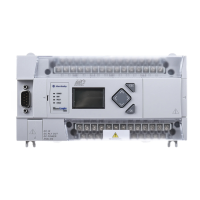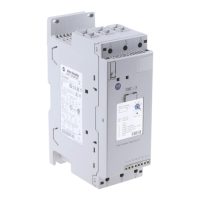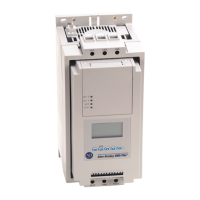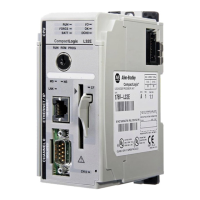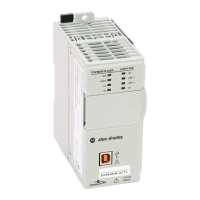122 Rockwell Automation Publication 2080-UM002M-EN-E - April 2022
Chapter 6 Micro870 Controller Distributed Network Protocol
In some cases, the controller may not send an Unsolicited Response even
though the parameters are configured properly.
• Normally, when the parameter Enable Unsolicited On Start Up is
checked, the controller initiates an Unsolicited Response with the
function code ENABLE_UNSOLICITED(20), if there are any events
logged into the event buffer. However, when a request with the function
code DISABLE_UNSOLICITED(21) is received, an Unsolicited Response
will not be sent.
• When the parameter Enable Unsolicited On Start Up is unchecked, the
controller does not trigger the Unsolicited Response until a request with
the function code ENABLE_UNSOLICITED(20) from the DNP3 Master is
received.
Figure 7
shows how to initiate and send the Unsolicited Response. Master
Node 0 in the DNP3 Slave configuration page indicates that the Unsolicited
Response is reported to the Master with the node address 3.
Figure 7 - Initiate and Send Unsolicited Response
The parameter for Unsolicited Response in the DNP3 Slave configuration
indicates that the Unsolicited Response is reported for all the communication
ports (Serial and Ethernet) that are defined. In this example, Initial
Unsolicited Response is sent on startup and all events of class 1, 2 and 3 are
reported. Since Hold Times are configured to 5 seconds, generated events are
reported after 5 seconds.
Collision Avoidance The controller currently supports the first of the two methods listed below for
collision avoidance.
• Detecting transmitted data (TX/RX line on RS-485 communication).
• Detecting out-of-band carrier (DCD on RS-232C communication).
When the controller is connected to RS-485 network, it monitors all data on the
link. If the controller is preparing to transmit a packet and finds the link busy,
it waits for an interval defined by the Backoff_Time until it is no longer busy.
Backoff_Time = Pre Transmit Delay (x1 ms) + Max Random Delay (x1 ms)
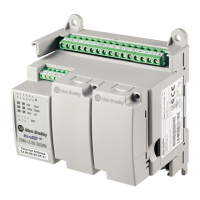
